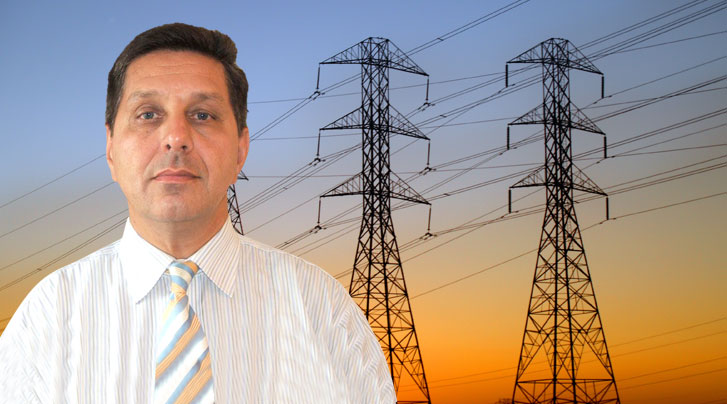Romania is facing for many months already, a considerable excess in electricity power production, keeping in mind a decline in consumption, both for industrial clients and households final consumers. Energy storage should be one of those contemporary priorities and a main direction for future investments. We asked Mr. Călin Vilt, Scientific Advisor for Romanian National Committee – Word Energy Council (RNC-WEC), to make for us a description of the current situation and to make a few recommendations for future steps for authorities and strategy-makers, profile companies, but also for citizens, families, and small consumers.
What are the energy storage capacities that Romania has in its internal system? What are the projects currently under way or in a planning phase?
Formally speaking, at least on paper, on the lower basin of river Olt, should be fully functioning roughly 230 MW, in a hydroelectric power plant with pumping accumulation, but there are technical difficulties that do not allow the pumping operation regime. Then, there are other small auxiliary capacities in Lotru basin, with a support role for the primary accumulation Vidra-Ciunget. The biggest project is also the one which suffered the most delays – Tarniţa-Lăpuşteşti, with a 1.000 MW storage capacity.The necessity of this project was anticipated since 1990s, in close connection with the connectiong of Cernavodă’s Reactor 2 to the National Energy System. The necessity was also emphasized since the industrial energy consumption patterns started to decline. During the night hours, when the demand is at its minimum, the energy consumption coming from the National Energy System, dropped until or below the limit of system stability (during May 5-6 May and June 2nd, for a few hours.)
Now, speaking of technological options, what are those that could be used – and were validated by the international experience so far – , for electric power storage so that the surplus could be stored and pumped when needed?
If we speak at the global level, the most common energy storage technology is pumping. Bu the urgency demanded that new solutions be researched and developed, solutions like: static battery ensembles, electrical autovehicles, compressed air systems, hydrogen production and/or other chemical systems. Along these transforming electric power systems into other forms of energy, with diverse yields and returns, there are also saving electric power production solutions, with temporary decrease in consumption, through the introduction of market tariff structures and instruments. Here, I am talking about notions from demand-side administration (DSM – Demand-Side Management, and DR – Demand Response). In Romania, these systems will be applied after the introduction of smart-metering and after the complete and non-reversible energy market liberalization. According to the official calendar agreed with the IMF, this point is somewhere after 2017.
What kind of solutions do big consumers use to secure their supply, at any moment and at the best price?
These consumers have alternative electricity supplies cu high insurance degrees and/or they own emergency groups to keep their vital services working, no matter what.
